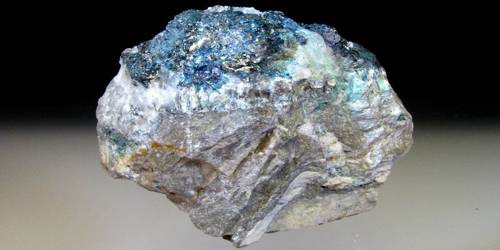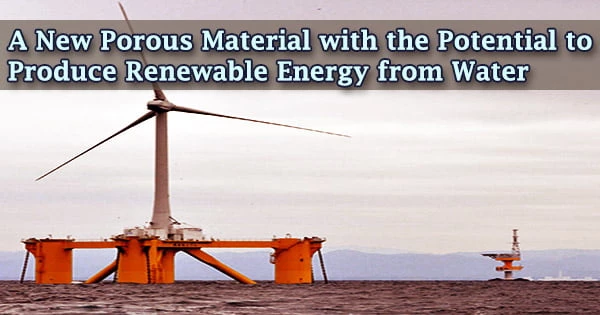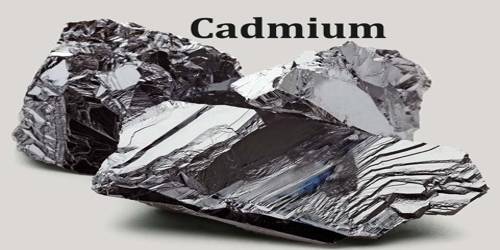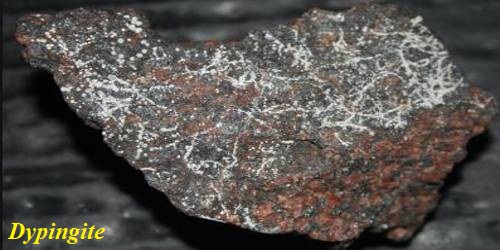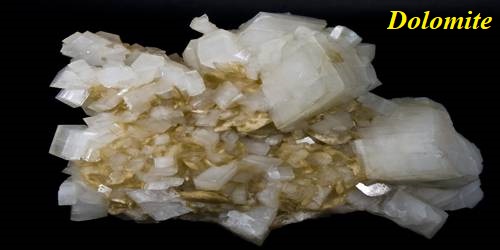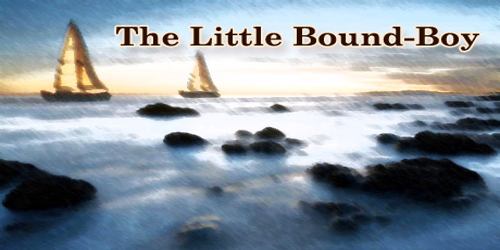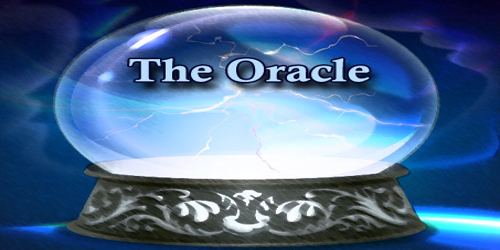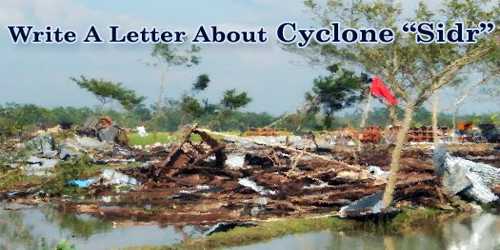Kesterite is a sulfide mineral with a formula Cu2(Zn, Fe)SnS4. In its lattice structure, zinc and iron atoms share the same lattice sites. It is the Zn-rich variety whereas the Zn-poor form is called ferrokesterite or stannite. Owing to their similarity, kesterite is sometimes called isostannite.
General Information
- Category: Sulfide mineral
- Formula: Cu2(Zn, Fe)SnS4
- Crystal system: Tetragonal
- Crystal class: Disphenoidal (4)
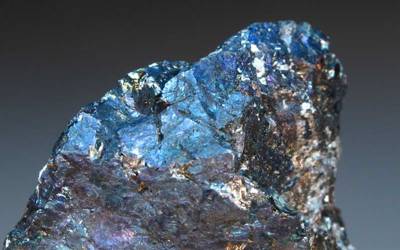
Fig: Kesterite a sulfide mineral
Properties
The synthetic form of kesterite is abbreviated as CZTS (from copper zinc tin sulfide). The name kesterite is sometimes extended to include this synthetic material and also CZTSe, which contains selenium instead of sulfur.
- Color: Greenish black
- Crystal habit: Massive, pseudocubic
- Cleavage: None
- Mohs scale hardness: 4.5
- Luster: Metallic
- Streak: Black
- Diaphaneity: Opaque
- Specific gravity: 4.54–4.59 (meas.); 4.524 (calc.)
Occurrence – In quartz-sulfide hydrothermal veinlets in tin deposits.
Kesterite was first described in 1958 in regard to an occurrence in the Kester deposit (and the associated locality) in Yana basin, Yakutia, Russia, where it was discovered.
Stannite and kesterite occur together in the Ivigtut cryolite deposit of South Greenland. Solid solutions form between Cu4FeSnS4 and Cu2ZnSnS4 at temperatures above 680 °C. This accounts for the exsolved in stannite found in the cryolite.
Association: Arsenopyrite, stannoidite, chalcopyrite, chalcocite, sphalerite, tennantite.
Use – Kesterite like substances is being researched as a solar photovoltaic material.
Information Source;
